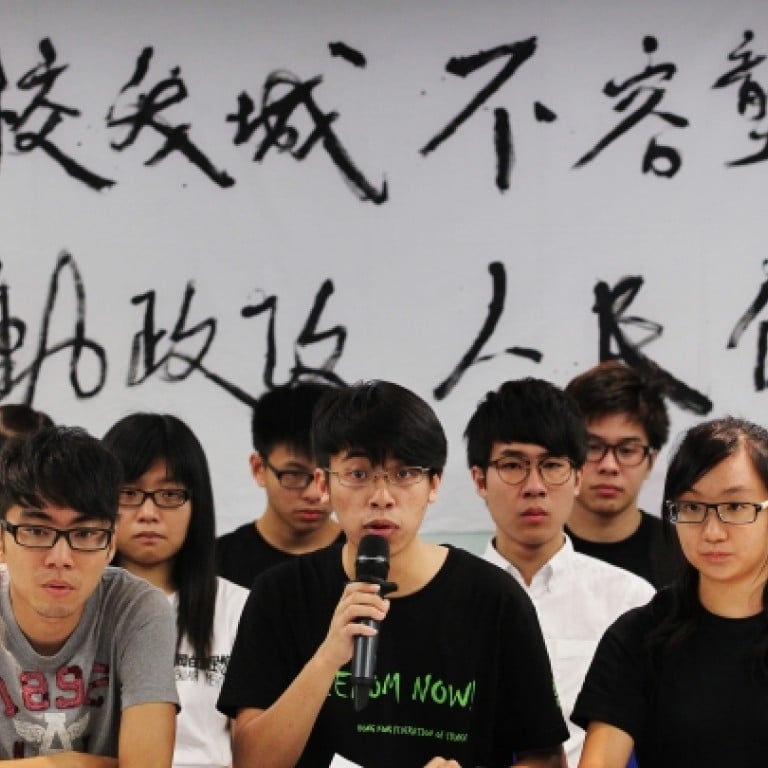
July 1 protest is Hong Kong's taste of democracy
Handover anniversary has become a day when any Hongkonger can march from Victoria Park to make social or political point
Tomorrow is a significant day for Hongkongers - marking 16 years since the handover of sovereignty from Britain to China, and the protest march that's been held every year since.
"The July 1 march has become an icon," said transport and housing secretary Anthony Cheung Bing-leung yesterday in a radio interview. "It's one day every year where every citizen can take to the streets to make a point about political or social issues," he said.
About 5,000 people hit the streets in pouring rain on July 1, 1997, while, not too far away at Bauhinia Square in Wan Chai, the official handover ceremony was being held.
The peaceful demonstrators were calling for democracy in Hong Kong and on the mainland. They were also marching in remembrance of the Tiananmen Square crackdown of June 4, 1989, which prompted 1.5 million people - a quarter of Hong Kong's population back then - to demonstrate in the streets.
For the next few years, the July 1 protest march drew hundreds or a few thousand people.
It didn't capture much public attention until 2003, when half a million marched, angered by proposed national security legislation under Article 23 of the Basic Law.
The huge protest resulted soon afterwards in the resignations of two top government officials - then security minister Regina Ip Lau Suk-yee, who is now an executive councillor, and then financial secretary Antony Leung Kam-chung. It was also a factor in the resignation 21 months later of Hong Kong's first chief executive under post-colonial rule, Tung Chee-hwa.
The Article 23 legislation was never passed, but a tradition was born.
Since 2003, the July 1 demonstration - organised by a coalition of grass-roots groups and the pro-democracy Civil Human Rights Front - has drawn big crowds marching for democracy and freedom.
In 2004, organisers said 530,000 marched in 34-degree-Celsius heat, and the past two years, the marchers' causes have grown to include social problems such as the widening wealth gap and the influx of mainland mothers, which has increased cross-border friction.
This year, the protesters are again expected to hit the streets in the hundreds of thousands, despite what the pan-democrats say are the best efforts of pro-establishment groups to divert Hongkongers' attention.
The Performance Industry Association will hold a music festival featuring popular local bands such as Mr and RubberBand on the afternoon of the protest on the old Kai Tak airport runway, with tickets costing just HK$99. Some say it is aimed at enticing young people away from the march, and there have been calls to boycott the show.
More than 1,000 shops and restaurants are offering discounts tomorrow, which has also been seen as a bid to draw attention from the march.
Cheung said the significance of the protest was no longer defined by the number of people who take part, but by the issues it reflects. He said that even if tomorrow's turnout were small, the government should not regard the issues as small - and must address them.
